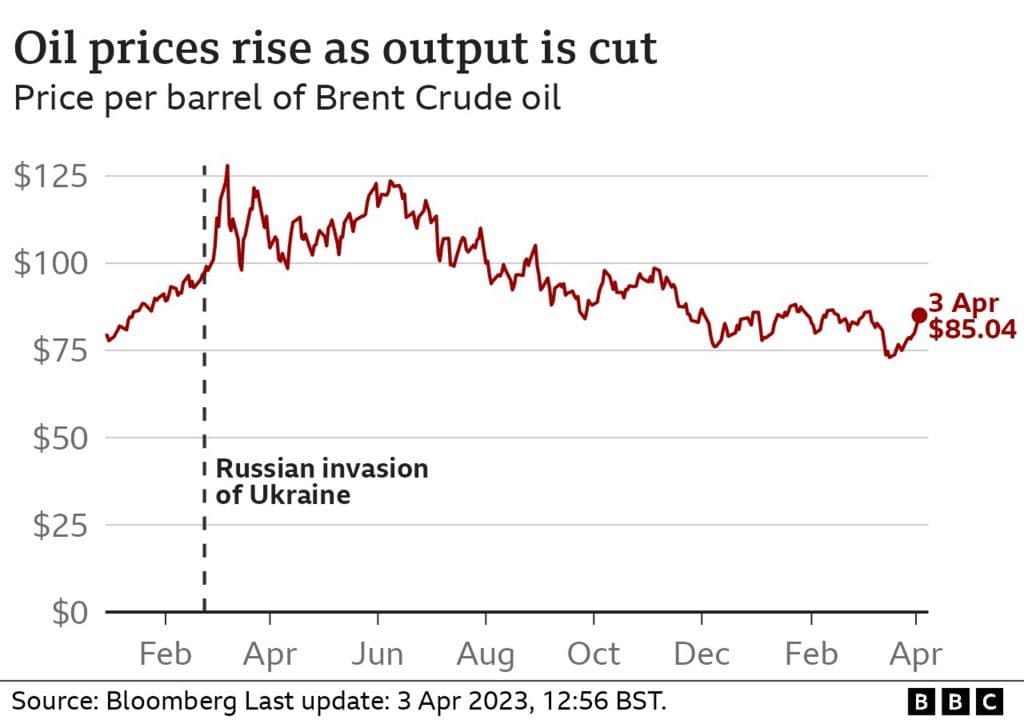Fed Governor Says He Would Back Quarter Point Cut in December
Federal Reserve Governor Stephen Miran tells Bloomberg Television he would support a 25 basis point reduction in the federal funds rate at the December FOMC meeting if his vote were decisive, signaling a willingness to compromise. His stance highlights narrow support for easing amid subdued inflation and mixed labor market data, a dynamic that could shape markets and the Fed’s policy trajectory into 2026.

Federal Reserve Governor Stephen Miran tells Bloomberg Television on November 21 that he would back a 25 basis point cut in the federal funds rate at the Federal Open Market Committee meeting in December if he were the marginal vote. Miran, who joined the central bank in September and has previously dissented in favor of larger reductions, frames his position as a pragmatic compromise intended to avoid economic harm while acknowledging that broader support for easing is limited.
Miran cites recent labor market readings and subdued inflation trends as central to his judgment. He notes that delayed employment reports have complicated the committee’s assessment of labor market momentum, and that inflation remains above the Fed’s 2 percent objective, a persistent restraint on more aggressive easing. Those twin considerations underscore the split within the FOMC between officials urging caution and those seeking to ease policy sooner to reduce the risk of economic deterioration.
The governor’s comments arrive as markets increasingly price the possibility of further rate cuts, reflecting investors’ expectation that the Fed will begin a gradual easing cycle. Miran’s willingness to accept a quarter point cut, rather than pushing for a larger move, signals he is prepared to bridge intra-committee differences to produce a consensus action. That posture matters because several Fed officials have signaled reservations about cutting policy rates while inflation remains above target.
Policy implications are significant. A 25 basis point reduction would be the first tangible accommodation by the Fed if it occurs, and it would shift expectations about the timing and scale of future easing. The narrowing of the Fed’s internal majority around a modest cut suggests that any move in December would likely be the start of a cautious, data dependent approach rather than a decisive loosening. Market participants will watch ensuing economic releases closely for confirmation that inflation is cooling sustainably and that labor market slack is emerging in a way consistent with a durable disinflation.
For financial markets, even a small cut could lower short term Treasury yields and relieve pressure on interest sensitive sectors, while leaving longer term inflation expectations subject to change if the easing path becomes more pronounced. Credit markets and equity valuations are likely to respond to both the cut itself and guidance about subsequent moves. At the same time, the dollar and international capital flows could be affected as global investors reassess relative policy stances.
Looking further ahead, Miran’s stance reflects a broader tension in central banking after a prolonged period of elevated interest rates. The Fed appears to be navigating between the risk of easing too quickly and allowing inflation to rebound, and the economic costs of keeping policy tight for longer. How the FOMC reconciles those risks in December will help set the tone for 2026, influencing growth, inflation expectations, and the timing of any sustained easing cycle.

